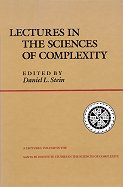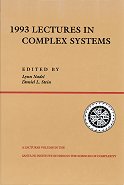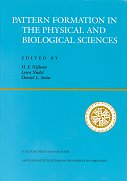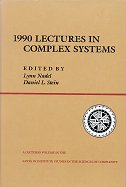Spin glasses arc disordered magnetic systems that have led to the development of
mathematical tools with an array of real-world applications,
from airline scheduling to neural networks.
Spin Glasses and Complexity offers the most concise, engaging,
and accessible introduction to the subject,
fully explaining what spin glasses are, why they arc important,
and how they are opening up new ways of thinking about complexity.
This one-of-a-kind guide to spin glasses begins by explaining
the fundamentals of order and symmetry in condensed matter physics
and how spin glasses fit into—and modify—this framework.
It then explores how spin-glass concepts and ideas have found
applications in areas as diverse as computational complexity,
biological and artificial neural networks, protein folding,
immune response maturation, combinatorial optimization, and social network modeling.
Providing an essential overview of the history, science,
and growing significance of this exciting field,
Spin Classes and Complexity also features a forward-looking discussion
of what spin glasses may teach us in the future about complex systems.
This is a must-have book for students and practitioners
in the natural and social sciences, with new material even for the experts.




